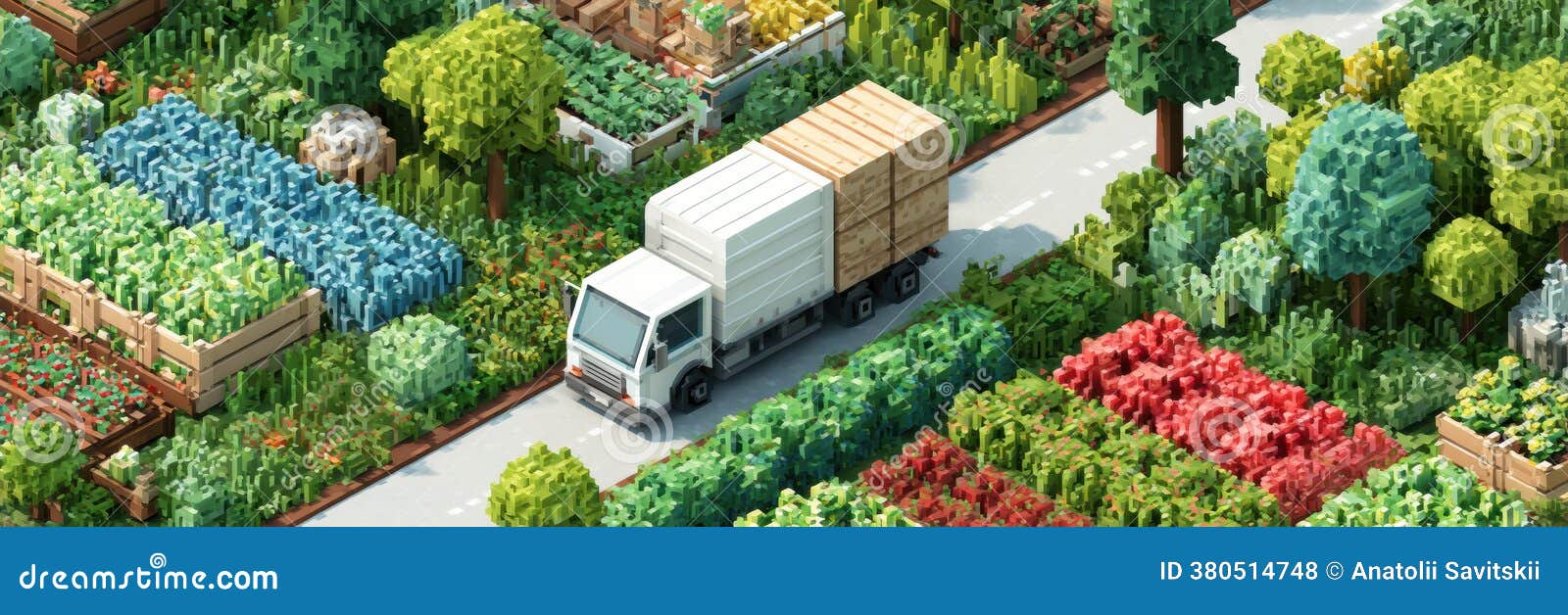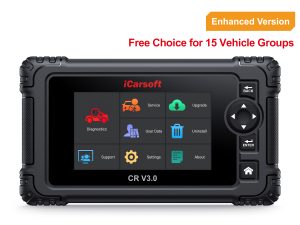
Sustainable Truck Farming: How Mobile Agriculture is Reshaping Our Food System
Picture this: a vibrant, green oasis on wheels. A repurposed delivery truck, its sides folded down to reveal tiers of lush lettuce, fragrant basil, and cascading strawberries, all bathed in the gentle glow of LED lights. This isn’t a scene from a sci-fi movie. It’s happening right now, in parking lots and on city streets. This is sustainable truck farming, and honestly, it’s one of the most exciting shifts in agriculture today.
Let’s dive in. At its core, this is about bringing the farm directly to the consumer, bypassing the long, carbon-heavy supply chains of industrial agriculture. It’s a response to urban food deserts, arable land scarcity, and a growing hunger for hyper-local food. It’s agriculture that moves to the problem, rather than waiting for the problem to come to it.
What Exactly is Mobile Agriculture?
Well, it’s pretty much what it sounds like. Mobile agriculture operations are self-contained, often vehicle-based growing systems. They can take many forms:
- Freight Container Farms: Upcycled shipping containers turned into high-tech, climate-controlled vertical farms.
- Step Van & Box Truck Farms: The classic delivery vehicle, retrofitted with hydroponic or aquaponic systems.
- Trailer-Based Systems: Grow beds on wheels that can be towed to farmers’ markets, schools, or community centers.
The goal is simple: maximum yield in a minimal, movable footprint. These units are complete ecosystems. They control light, nutrients, and water with a precision that traditional farming can only dream of.
The Powerful Benefits of Taking Farming on the Road
Why go through all this trouble? The advantages, it turns out, are profound. They touch on everything from environmental resilience to social equity.
An Environmental Game-Changer
First, the sustainability angle—which is, you know, the whole point. These systems are incredibly efficient. We’re talking about a 90% reduction in water use compared to conventional soil farming. Not a drop is wasted. In a world of increasing droughts, that’s not just a nice-to-have; it’s a necessity.
And then there’s the “food miles” problem—or rather, the lack of one. A head of lettuce from a truck farm might travel just a few city blocks from harvest to sale. Compare that to the average 1,500 miles its supermarket cousin logs. The carbon footprint plummets. No refrigerated cross-country trucks, no massive distribution centers. Just… food, where people are.
Building Community and Improving Access
This is the part that really gets me. Mobile farms can park in a food desert for a season, providing fresh, affordable produce in areas where it’s otherwise unavailable. They become more than a store; they’re a classroom, a gathering spot, a living demonstration of what’s possible.
They foster a direct connection. You can meet the farmer, see the technology, and literally taste the difference. That connection builds trust and a deeper appreciation for our food. It’s transparency in action.
Key Components of a Successful Mobile Farm Operation
Okay, so what makes these things tick? It’s a blend of old-school grit and cutting-edge tech. Here’s a quick breakdown of the essentials.
| Component | What It Does | Why It Matters for Mobility |
| Growing System (Hydroponics/Aeroponics) | Grows plants without soil, using nutrient-rich water. | Lightweight, clean, and incredibly water-efficient. No heavy soil to transport. |
| LED Lighting | Provides specific light spectra for plant growth. | Energy-efficient, low heat, and allows for 24/7 growing cycles regardless of weather. |
| Renewable Power Source (Solar/Batteries) | Powers the lights, water pumps, and climate control. | Enables true off-grid independence. A truck can park anywhere and still produce. |
| Water Reservoir & Filtration | Holds and recirculates the nutrient solution. | Creates a closed-loop system, preventing waste and contamination. |
Getting the right vehicle is, obviously, crucial. You need a reliable chassis, good suspension, and a layout that makes sense for both growing and selling. It’s a rolling workshop, a retail space, and a biological laboratory all in one.
The Real-World Challenges — It’s Not All Sunshine and Kale
That said, this model isn’t without its hurdles. Let’s be real. The startup costs can be high. Retrofitting a vehicle with all the necessary tech is a significant investment. And then there’s the red tape. Zoning laws, health department regulations, and parking permits weren’t written with mobile farms in mind. Navigating that bureaucracy requires patience and persistence.
Operationally, you’re a farmer, a mechanic, and a driver. A broken water pump on a traditional farm is a problem. A broken water pump on a highway 50 miles from home is a crisis. This lifestyle demands a special kind of resilience and a serious DIY spirit.
Looking Down the Road: The Future of Mobile Ag
So where is this all headed? The potential is staggering. We’re starting to see specialization. Imagine a “pizza truck” growing nothing but basil, oregano, and peppers for local pizzerias. Or a “microgreens van” supplying high-end restaurants daily.
Technology will keep pushing this forward. More efficient solar panels, smarter AI-driven climate controls, and even lighter growing mediums will make these operations more productive and accessible. The line between a food truck and a farm truck will continue to blur. We might see subscription-based models where a mobile farm visits your neighborhood on a weekly schedule, like a library on wheels, but for fresh produce.
It’s a quiet revolution. It doesn’t require vast tracts of land or corporate backing. It requires ingenuity, a commitment to sustainability, and a belief that good food is a right, not a privilege. It re-imagines our concrete landscapes not as food deserts, but as networks of potential green spaces—constantly shifting, adapting, and growing.
In the end, sustainable truck farming is more than a method. It’s a mindset. It asks us to see empty parking spaces, unused lots, and even the very vehicles we use every day not for what they are, but for what they could become: fertile ground.


Average Rating